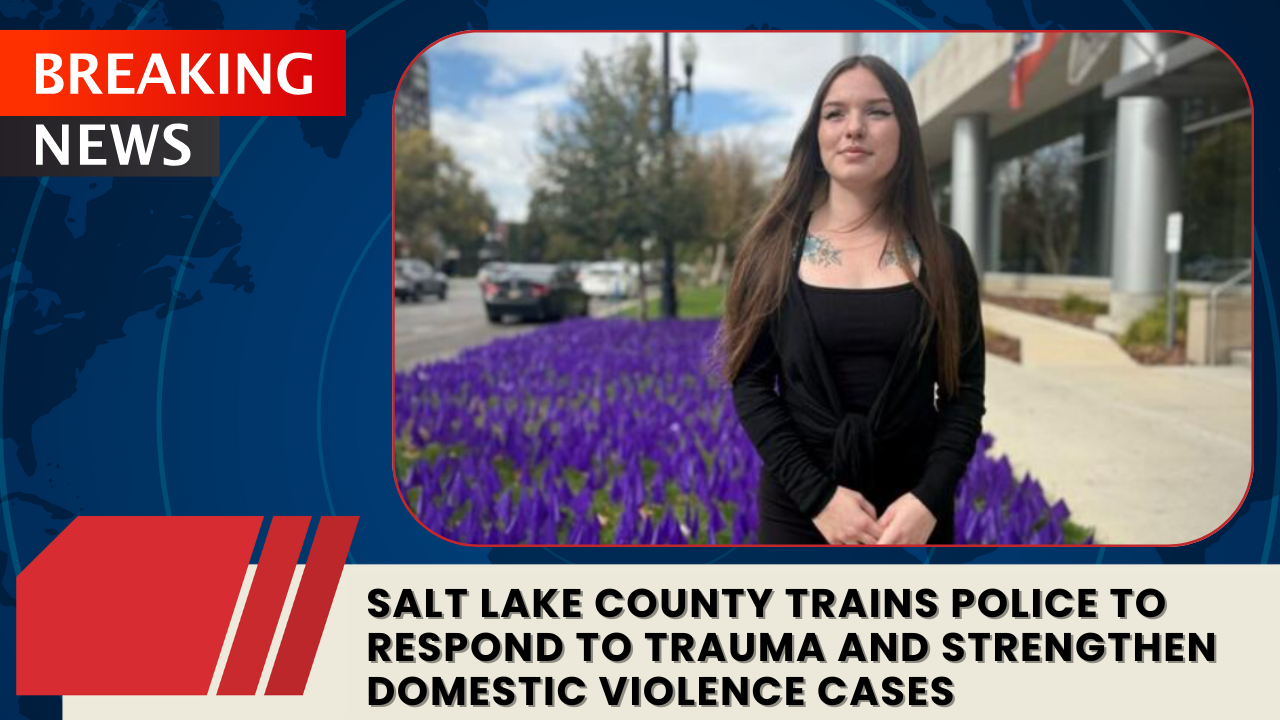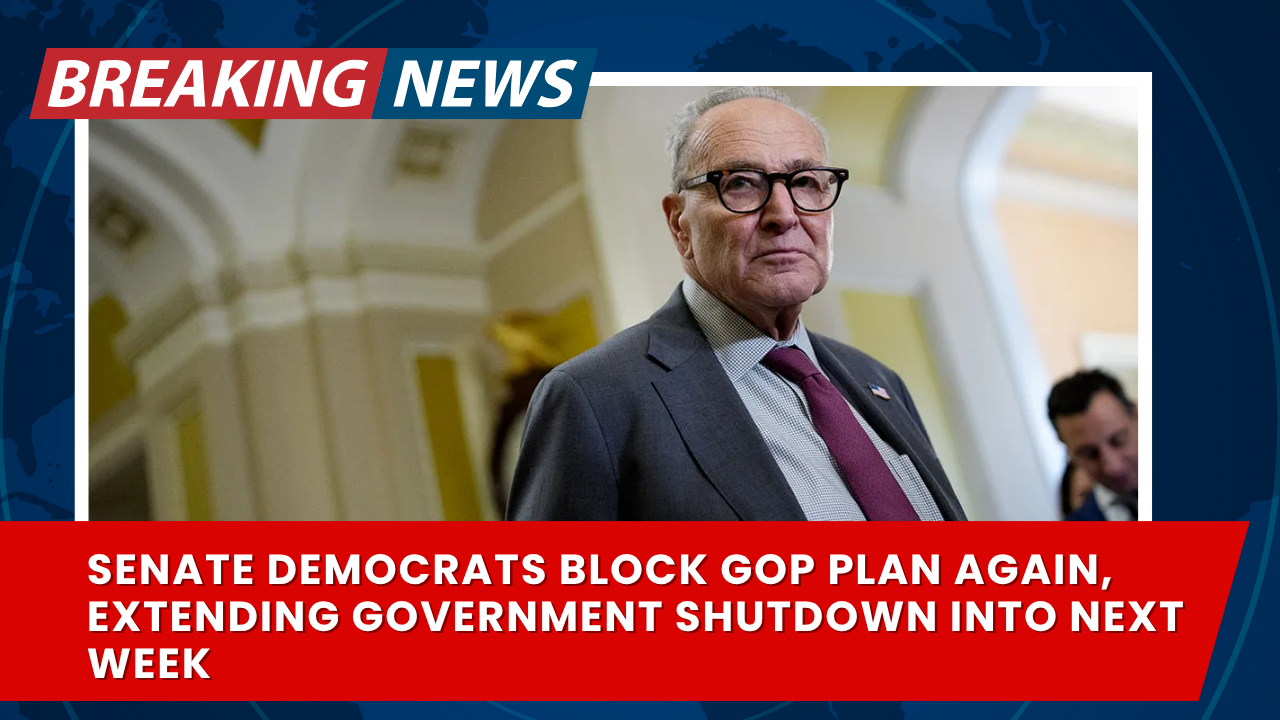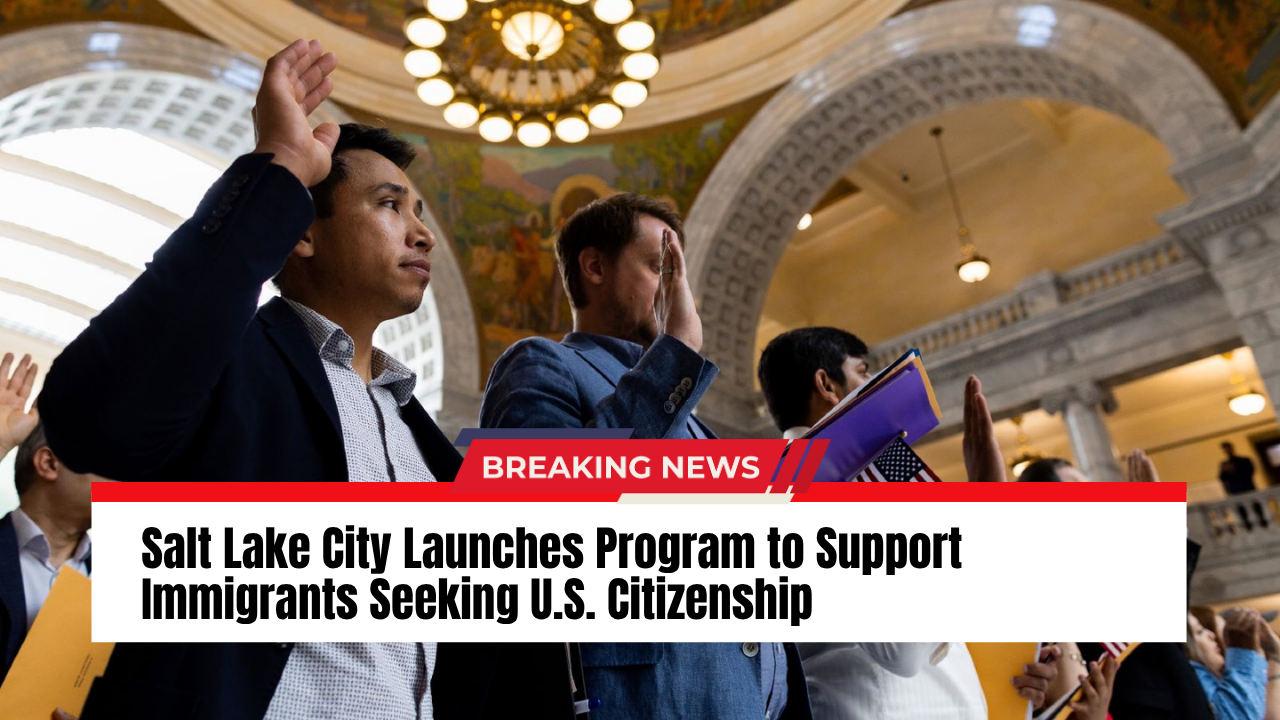With federal stimulus programs officially ending after the April 15 pandemic-era deadline, several U.S. states are taking financial relief into their own hands this fall. Throughout November 2025, millions of residents across New York, Alaska, New Jersey, Pennsylvania, California, and Colorado are receiving direct stimulus checks or rebates—funded from record state surpluses and energy royalties—to help offset persistent inflation.
Federal Stimulus Ends, State Programs Step In
While the Internal Revenue Service (IRS) and U.S. Treasury have not announced any new federal relief measures, state-level programs are filling the gap with targeted aid. Unlike past national stimulus rounds, these payments are primarily funded by state budget surpluses, oil revenues, and property tax relief programs, ensuring that residents continue to receive support without new Congressional approval.
New York: $3 Billion Inflation Refund Program
New York leads with one of the largest statewide efforts, sending more than $3 billion in inflation relief to 8 million residents.
To qualify, taxpayers must have filed a 2023 New York resident income tax return with an adjusted gross income (AGI) below:
- $75,000 for single filers or heads of household
- $150,000 for married couples filing jointly
Eligible recipients receive between $150 and $400, depending on income level and filing status. Checks began rolling out in late September, with direct deposits and mailed payments continuing through November. The New York State Department of Taxation and Finance cautions that there is no online tracker, and residents should allow time for processing.
Alaska: Permanent Fund Dividend Still Going Strong
In Alaska, the annual Permanent Fund Dividend (PFD)—funded by the state’s oil and gas lease royalties—continues to provide crucial relief. Roughly 650,000 Alaskans are receiving $1,000 each this year.
Direct deposits went out October 2, followed by paper checks on October 23, with final disbursements expected by November 20. Eligibility requires full-year 2024 residency with limited absences under 180 days. Although smaller than in previous years, the payout remains vital for remote communities burdened by high living costs.
New Jersey: ANCHOR Property Tax Rebate
New Jersey’s ANCHOR program (Affordable New Jersey Communities for Homeowners and Renters) continues delivering property tax relief payments to millions.
- Homeowners earning up to $250,000 receive $1,000, with an additional $250 bonus for seniors over 65.
- Renters qualify for a $450 rebate.
Applications closed October 31, and over 1.7 million households are expected to benefit. Direct deposits and mailed checks typically arrive within 90 days, according to the New Jersey Division of Taxation.
Pennsylvania: Extended Property Tax/Rent Rebate
Pennsylvania’s Property Tax/Rent Rebate Program, now in its 50th year, provides payments ranging from $380 to $1,000 to eligible seniors (65+), widows (50+), and disabled adults.
The income limit is $35,000 for homeowners and about $15,000 for renters. Direct deposits began July 1, and paper checks are mailed weekly. The deadline for applications has been extended through December 31, allowing more residents to qualify through the myPATH portal.
California: Family First Pilot Program
In California, the Sacramento County Family First Economic Support Pilot continues monthly $725 stipends through November for families living at or below 200% of the federal poverty level.
The program, funded through local and state partnerships, targets families with children under six in select ZIP codes (including 95815 and 95821). It reflects California’s ongoing interest in universal basic income experiments, providing consistent cash support rather than one-time rebates.
Colorado: Final TABOR Refunds for Late Filers
Colorado’s TABOR refunds—constitutionally required rebates from surplus tax revenue—are wrapping up for late 2024 filers.
Residents who submitted returns by the October extension deadline can expect payments ranging from $20 to $62 via direct deposit or check within 3–5 weeks of processing.
Inflation Relief, Local Focus
State governments are now shouldering what used to be a federal task: stabilizing household budgets during inflationary times. According to economists, state-level relief programs may provide temporary relief, though their impact depends on continued surplus revenues.
“These payments won’t fix inflation, but they give families room to breathe,” said one fiscal analyst in Washington, D.C. “They’re also politically popular, especially when funded by state-level surpluses rather than new debt.”
For updates or eligibility details, residents should refer to their official state tax or revenue department websites rather than social media posts or third-party trackers.



